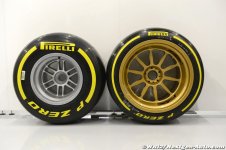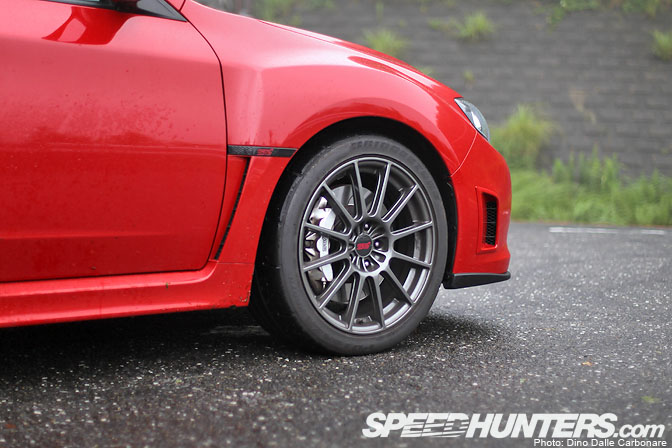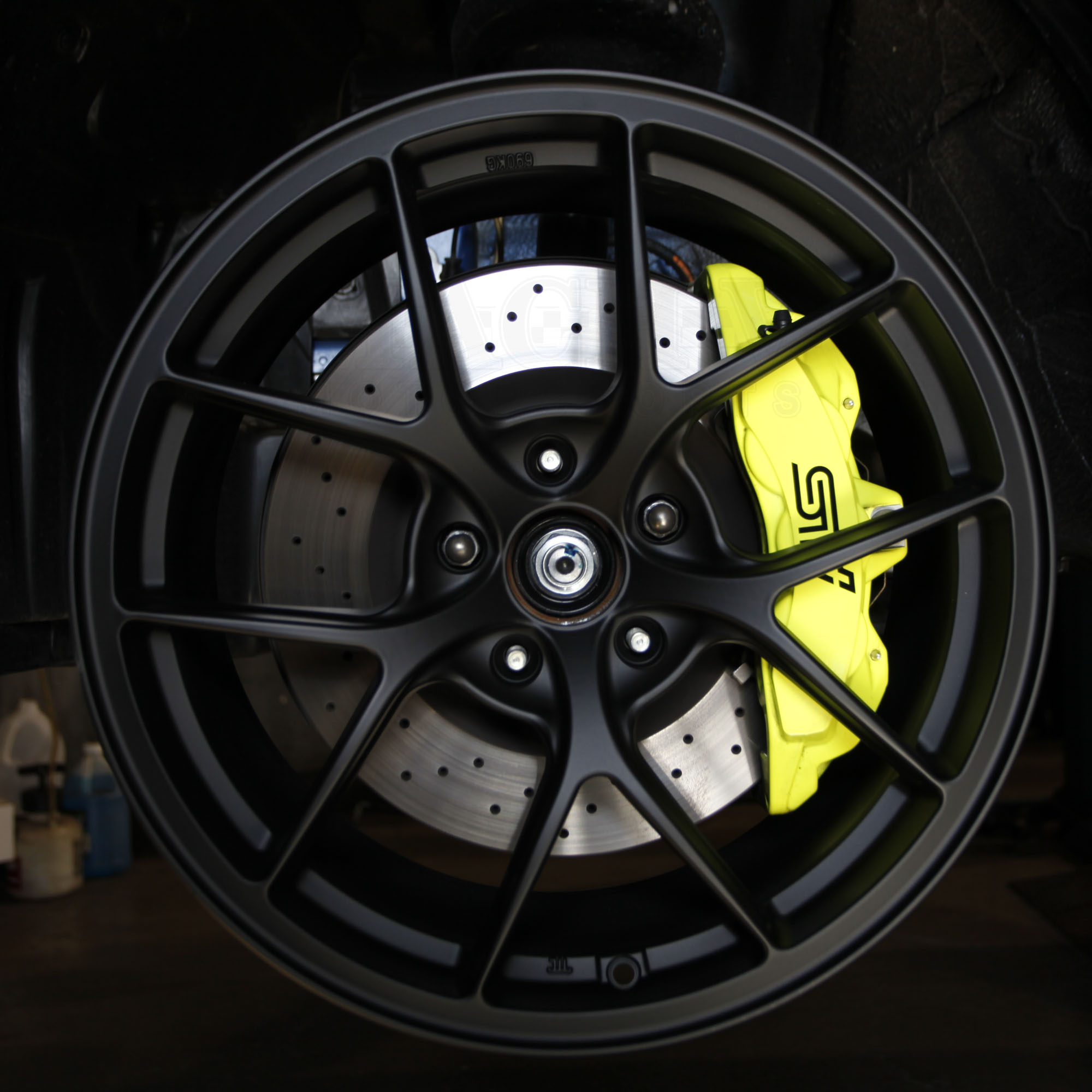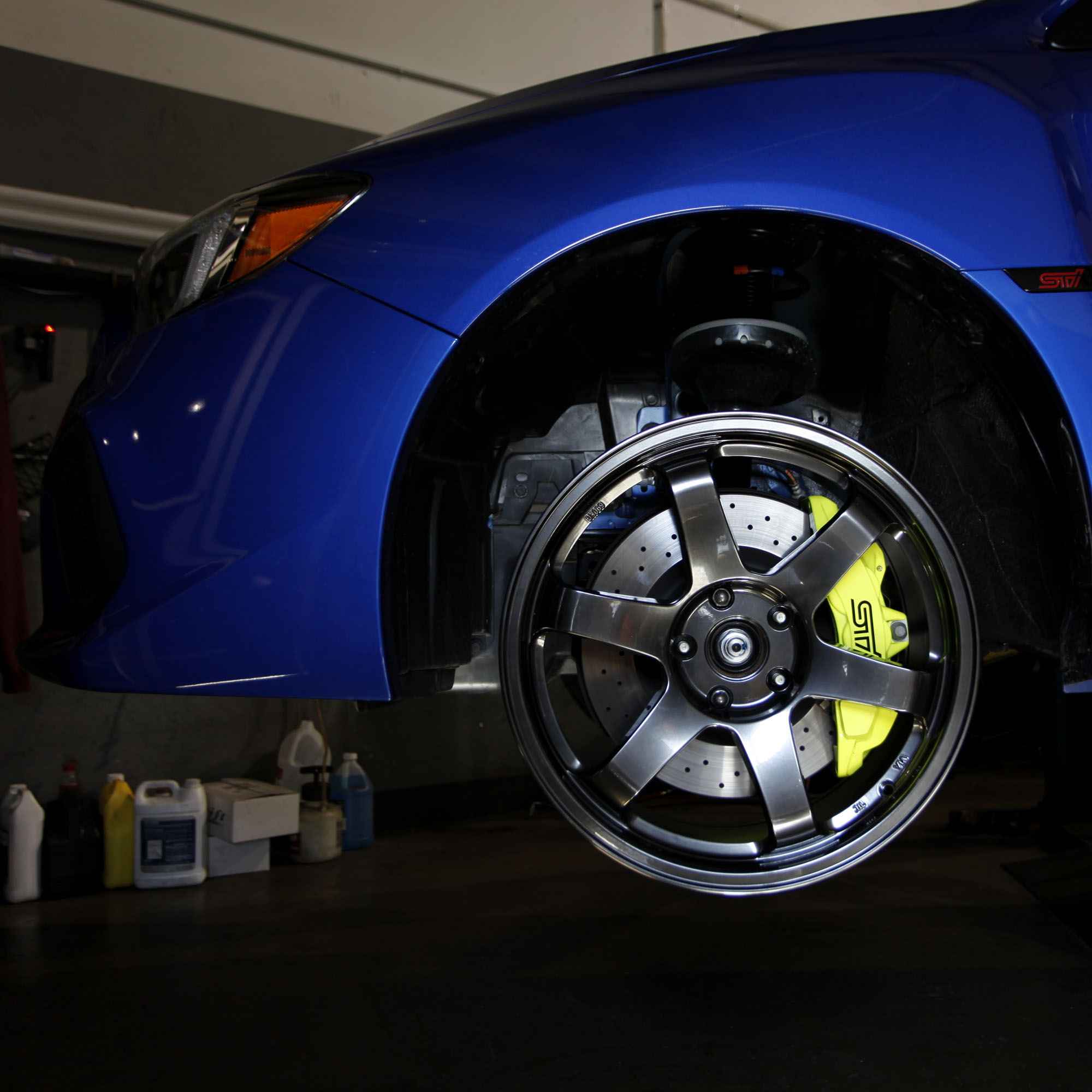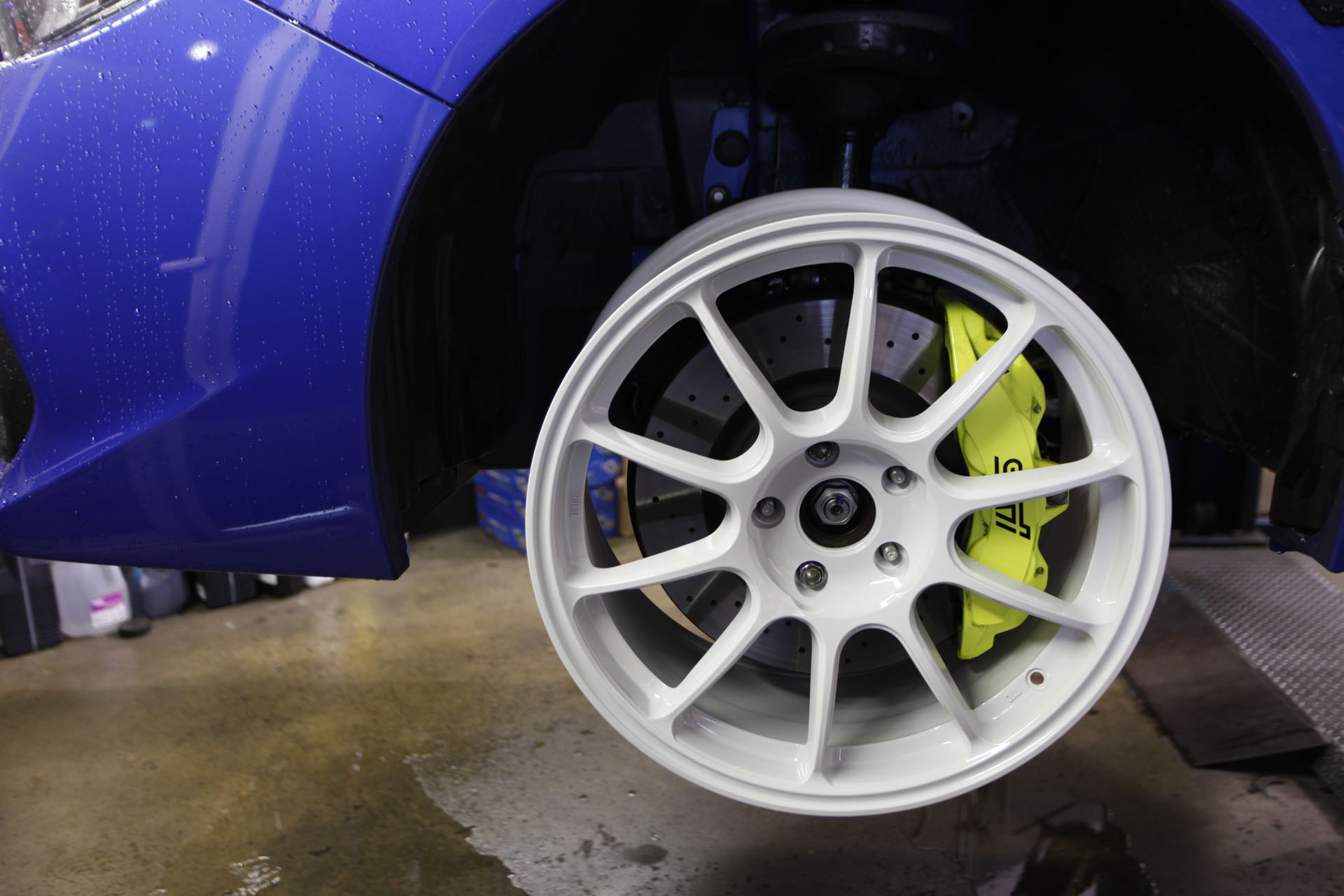Alin
Diehard Car Enthusiast!
Why are car manufacturers deciding to increase the diameters of the rims they equip their vehicles with? I understand the reasoning when it comes to clearing brake calipers on performance oriented models. However, a car that can have 16" rims mounted on due to small calipers should not need to come equipped with 19" rims from the manufacturer. I find it hard to believe the reason is efficiency. 19" rims would mean a very small sidewall such as a 35 section rather than something like a 65 section on a 16" rim. Also, unless a rim is made of carbon fiber, there is no way a 19" rim would be lighter than a 16" rim, but there are limitations even then. So, is it solely aesthetic?
Let's use the VA WRX as an example since I could find pictures rather quickly. The 2015-2016 models came with a 17" rim from the factory. Some came with 18" rims, but I think they were an accessory option.

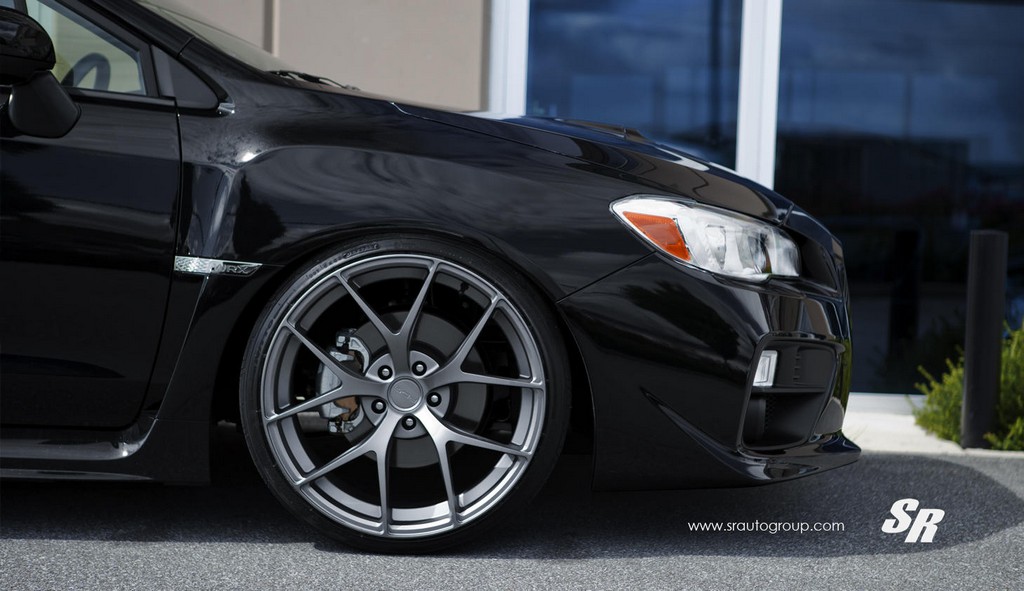
So, here is an example of stock 17" rims compared to 20" aftermarket rims. Is it solely aesthetic or are there benefits that I fail to realize? Let's keep this discussion from a functional perspective. I also can't imagine a point would be a larger tire. You could choose to go with a wider rim, but in the same diameter size. So, why an increase in diameter?
Let's use the VA WRX as an example since I could find pictures rather quickly. The 2015-2016 models came with a 17" rim from the factory. Some came with 18" rims, but I think they were an accessory option.


So, here is an example of stock 17" rims compared to 20" aftermarket rims. Is it solely aesthetic or are there benefits that I fail to realize? Let's keep this discussion from a functional perspective. I also can't imagine a point would be a larger tire. You could choose to go with a wider rim, but in the same diameter size. So, why an increase in diameter?

